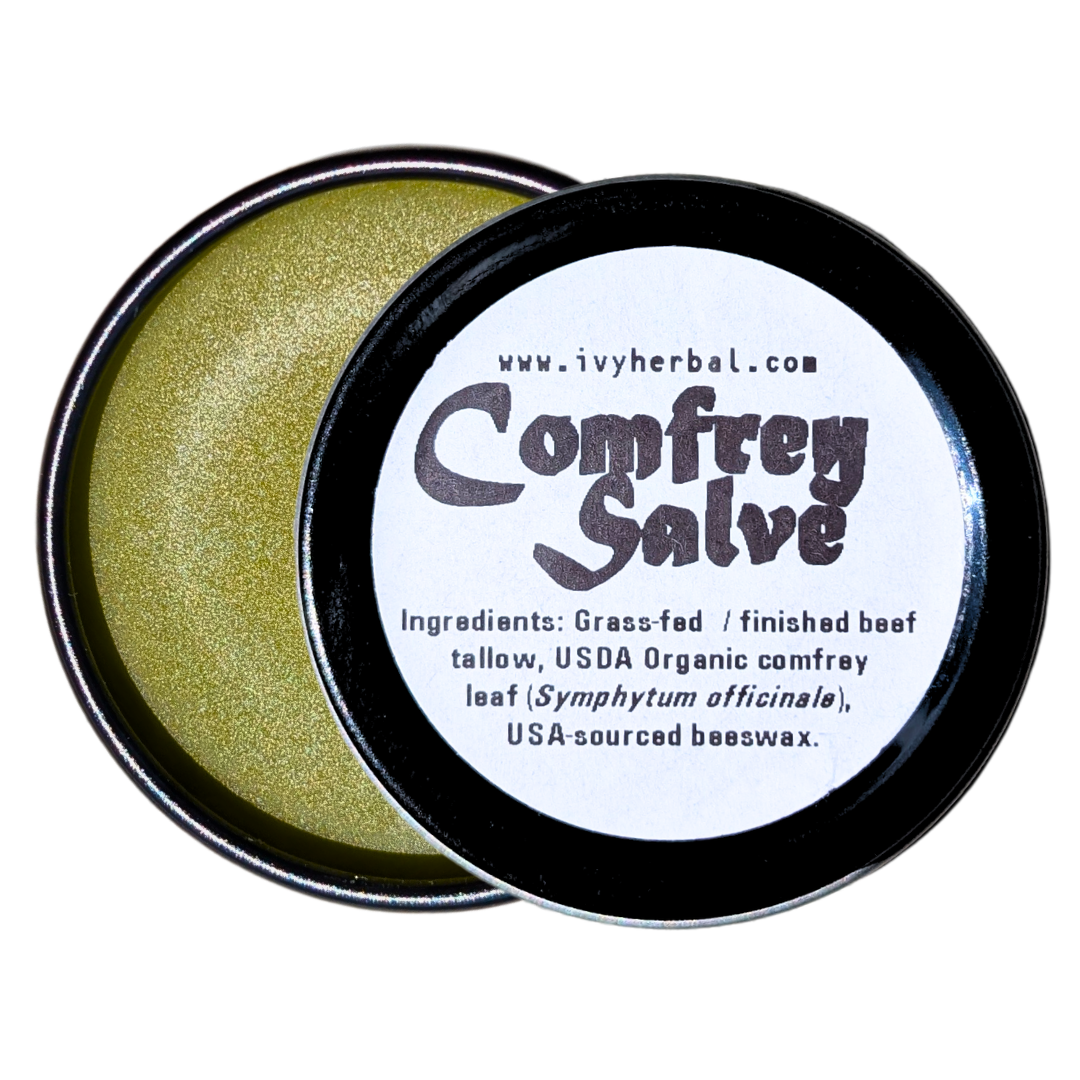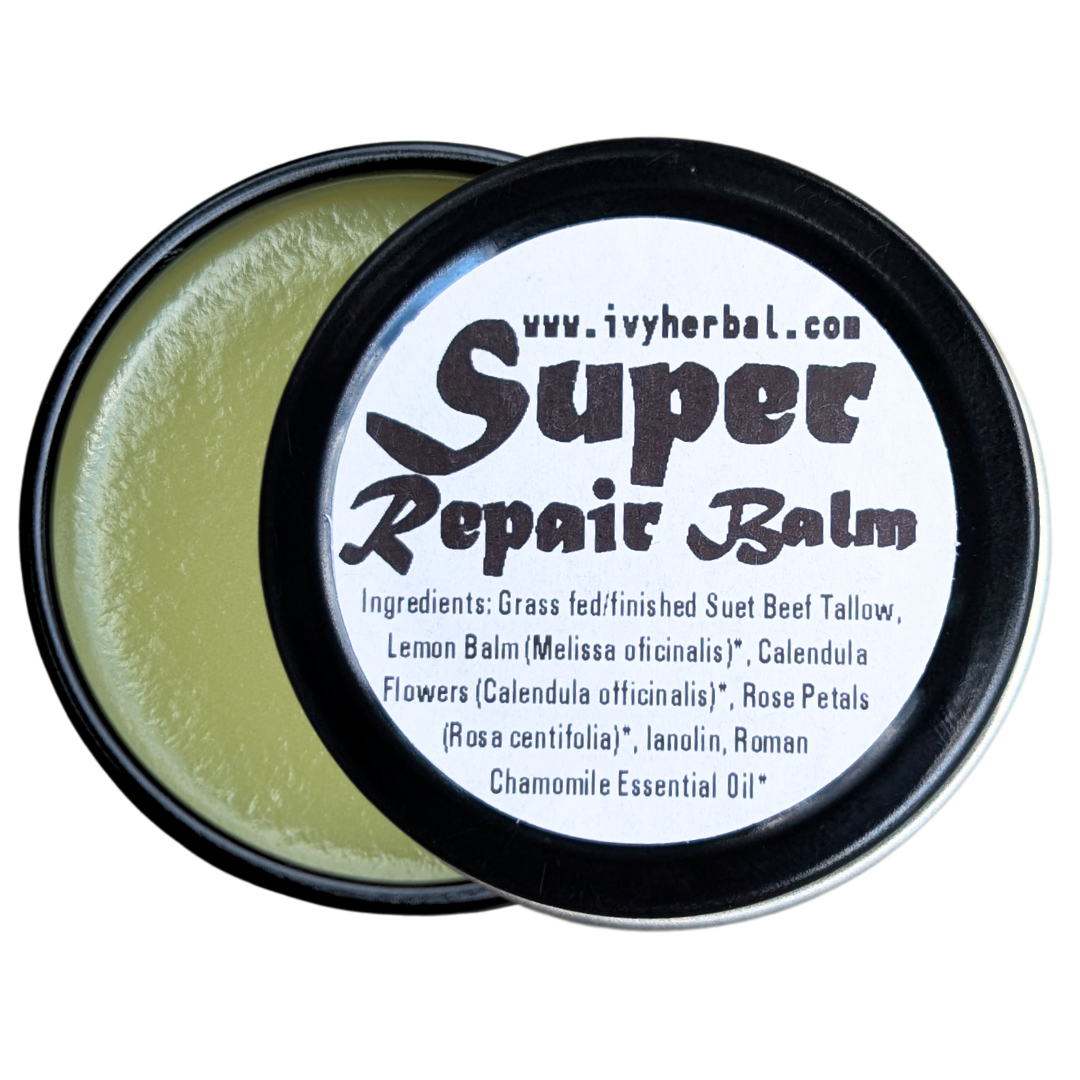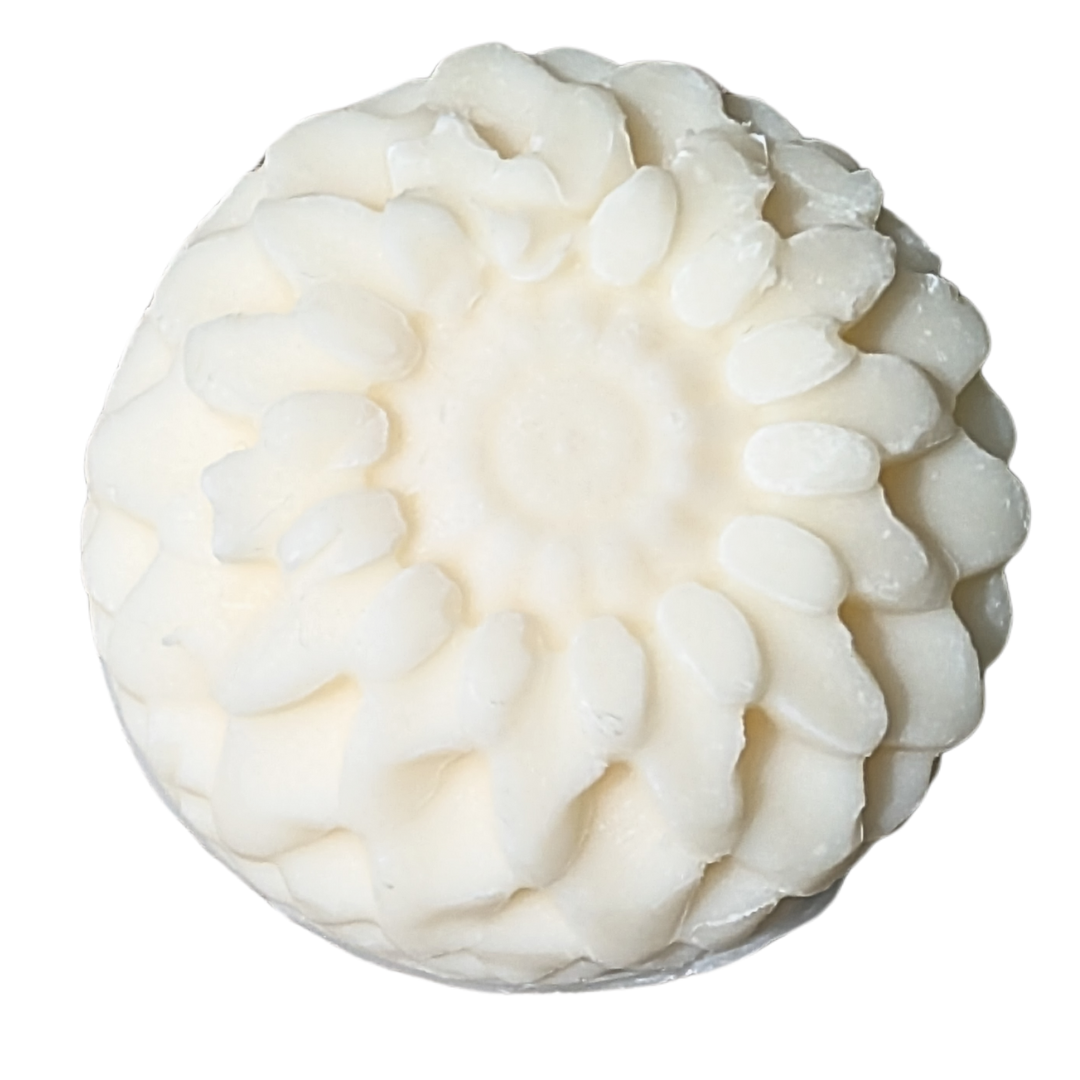How Your Cell Phone Can Make Mold More Toxic
Most of us know mold thrives in damp, poorly ventilated spaces. But what if another hidden factor in our modern homes is making it worse? Growing evidence suggests that electromagnetic fields (EMFs), which is basically just radiation that is put out from many electronics nowadays such as Wi-Fi routers, cell phones, and other devices, may actually increase mold growth and toxicity.
Fungi and Electromagnetic Fields
One of the first clinicians to raise awareness of this connection was Dr. Dietrich Klinghardt, MD, PhD. In a simple but mind-blowing experiment, he put identical mold cultures in two conditions: one shielded from EMFs, and one exposed to normal background radiation from Wi-Fi and nearby devices. The result was that the unshielded mold grew more aggressively and produced more spores, while the shielded culture showed far less activity. His conclusion: EMFs may act as a stimulant, pushing mold to become more biologically active.
Chernobyl nuclear disaster aftermath, Russia
Those of us that know about study design may question the replicability of this small-scale experiment, but we can actually see this happen in the real world as well. Fungi appear uniquely sensitive to radiation, even outside the lab. In fact, after the Chernobyl nuclear disaster, researchers exploring the damaged reactor were surprised to find black, melanin-rich fungi growing and thriving in one of the most radioactive environments on Earth. Later studies showed these fungi could actually use radiation as an energy source, similar to how plants use sunlight for photosynthesis.
Together, these findings suggest that fungi can detect and respond to electromagnetic and radioactive fields in their environment. While Chernobyl represents an extreme example of ionizing radiation and Klinghardt’s experiment focused on common wireless EMFs, both point to the same property: fungi don’t just passively grow, they adapt to and can even harness energy from invisible forces around them like EMF radiation.
EMFs and Fungal Behavior Studies
Electromagnetic fields are invisible waves from both natural and man-made sources. Non-ionizing EMFs (like Wi-Fi, Bluetooth, and cell phones) don’t break chemical bonds, but studies show they can still influence living cells. Studies are beginning to show that fungi and mold species seem especially sensitive.
A lab study on Aspergillus oryzae found that just 10 minutes of RF-EMF exposure triggered the fungus to secrete more proteins and enzymes, alongside a spike in calcium signaling, which is the same pathways molds use to release toxins.
Other research on entomopathogenic fungi showed changes in colony growth and spore production depending on frequency, with some molds thriving more at 900 MHz exposure.
Even common airborne fungi like Cladosporium have shown altered growth and pigmentation when exposed to electromagnetic wavelengths.
While not all studies measure mycotoxin output directly, the evidence suggests that EMFs can act as a stressor, pushing molds to become more active, grow more rapidly and become potentially more toxic.
Why This Matters
Indoor mold is already a major health concern, linked to allergies, respiratory issues, and immune disruption. If EMFs amplify toxin release, our increasingly wireless homes may be making existing mold problems harder on the body. Some researchers and clinicians, like Dr. Dietrich Klinghardt, have warned that EMFs could “wake up” dormant mold, pushing it to release more aggressive toxins.
If you know me in real life, you know that Rob and I run another small business that sells refurbished networking equipment, which requires testing hundreds of wireless routers and modems every day. This whole concept has me concerned because I believe our current rental home has several visible mold sources, some of which have been growing rapidly despite our best efforts.
Practical Takeaway
We can’t eliminate EMFs entirely, but being mindful of our exposure and our body’s terrain can definitely help — especially if you’re dealing with water damage or a known mold problem in your home. Try reducing your EMF load at night so your body (and your home environment) can rest, and then obviously you’ll need to address the mold situation by either removing yourself from the mold or by removing the mold from your home.
For my family, we are in a rental right now, and so we are limited with what we are aloud to do. We currently have several HEPA filters throughout the house to help reduce the amount of mold particles in the air, and we do our best to reduce EMF exposure by turning off most devices at night. I’m looking into grounding mats, grounding sheets and other ways to reduce our exposure, however we are also in the process of moving over the next few months, so it’s also a balance of what makes the most sense for our efforts.
Common household EMF sources to consider turning off at night:
Wi-Fi routers and mesh systems
Newer devices may have settings in their WiFi-management app that allows you to turn off WiFi on a schedule.
Older devices you can buy an outlet timer, and set it to turn off whatever is plugged into it during certain hours. They’re usually really cheap and easy to use.
Cell phones (especially charging on the nightstand)
Charge and store these at night in a different room from where you sleep. Blue light is bad for your circadian rhythm anyway, and this will help keep you from doom-scrolling into the night as well.
Bluetooth devices like earbuds, speakers, or fitness trackers
Many of these devices use Bluetooth, which produces a lot of EMFs.
Smart TVs, game consoles, and streaming boxes
Again, blue light is bad for your sleep rhythm since it mimics the sun and activates your brain into a more wakeful mode, messing with your sleep.
Cordless phones and baby monitors
These devices put off EMFs, and should not be near you while you’re sleeping.
The bottom line: Mold needs moisture to grow, but EMFs may be making it more aggressive. By controlling both humidity and unnecessary EMF exposure, you create a healthier environment for yourself and your family.
This article is for educational purposes only. It is not medical or environmental advice. Please consult a qualified professional if you suspect mold in your home.
-
Veerana, M., K. Chankhamhaengdecha, P. S. Brown, and A. E. T. El-Kashef. “Enhancement of Fungal Enzyme Production by Radio-Frequency Electromagnetic Fields.” Frontiers in Microbiology, vol. 13, 2022, Article 992485. https://pmc.ncbi.nlm.nih.gov/articles/PMC9695996/
Ropek, D., et al. “The Effect of Exposure to an Electromagnetic Field on Entomopathogenic Fungi.” Applied Sciences, vol. 14, no. 24, 2024, Article 11508. https://www.mdpi.com/2076-3417/14/24/11508
Bland, C. E., et al. “Evaluating Changes in Growth and Pigmentation of Cladosporium cladosporioides and Paecilomyces variotii in Response to Gamma and Ultraviolet Irradiation.” Scientific Reports, vol. 12, 2022, Article 13615. https://www.nature.com/articles/s41598-022-16063-z
Anaya, M., et al. “Effect of the Oscillating Magnetic Field on Airborne Fungal.” Environmental Science and Pollution Research International, vol. 28, no. 14, 2021, pp. 18293–18305. https://pubmed.ncbi.nlm.nih.gov/33611632/
Panagopoulos, D. J., et al. “A Comprehensive Mechanism of Biological and Health Effects Induced by Anthropogenic Electromagnetic Fields.” Frontiers in Public Health, vol. 13, 2025, Article 1585441. https://www.frontiersin.org/articles/10.3389/fpubh.2025.1585441/full
Zhdanova, N. N., et al. “Ionizing Radiation Attracts Fungi.” Mycological Research, vol. 108, no. 9, 2004, pp. 1089–1096. https://pubmed.ncbi.nlm.nih.gov/15506020/
Johansson, O., et al. “Mycotoxins, Fungus and Electrohypersensitivity.” Medical Hypotheses, vol. 54, no. 4, 2000, pp. 665–673. https://pubmed.ncbi.nlm.nih.gov/10985910/
Shckorbatov, Y. G., et al. “Preliminary Results on the Non-Thermal Effects of 200–350 GHz Radiation on the Growth Rate of Saccharomyces cerevisiae Cells in Microcolonies.” International Journal of Infrared and Millimeter Waves, vol. 18, 1997, pp. 1443–1451. https://pubmed.ncbi.nlm.nih.gov/12452574/
Voĭchuk, S. I., et al. “[Effect of Radio-Frequency Electromagnetic Radiation on Growth Characteristics of Saccharomyces cerevisiae Strain UCM Y-517].” Mikrobiolohichnyi Zhurnal, vol. 66, no. 5, 2004, pp. 64–69. https://pubmed.ncbi.nlm.nih.gov/15456218/
Shckorbatov, Y. G., et al. “The Magnetosensitivity of Some Cellulolytic Fungi Revealed by Means of the Soluble Protein Response to Electromagnetic Field Exposure.” Biophysics, vol. 55, no. 2, 2010, pp. 274–278. https://www.academia.edu/27487742
Pereira, M. F., et al. “Exposure of Candida albicans to Alternating Magnetic Fields: An In Vitro Study.” PLOS ONE, vol. 19, no. 7, 2024, Article e0291438. https://journals.plos.org/plosone/article?id=10.1371/journal.pone.0291438
Sultanov, R. A., et al. “Static Magnetic Fields Reduce the Expansion of Yeast Mats in Structured Environments.” bioRxiv, 2024. https://www.biorxiv.org/content/10.1101/2024.04.09.588774v1
Klinghardt, Dietrich. “EMFs Cause Mold to Release More Biotoxins.” Conference presentation and mold plate experiment, c. 2010s. Video excerpt available at YouTube: https://www.youtube.com/watch?v=1wM2bxV3Ik0
Featured Products from My Shop
Looking for Medicinal Herbs?
Use my link to shop from Mountain Rose Herbs!
They are truly the best herb supplier I have found, and I have always recommended them, even prior to being in their affiliate program. Using my link to shop costs you nothing, and we earn a small commission from each purchase that helps fund the costs of maintaining this site.
















